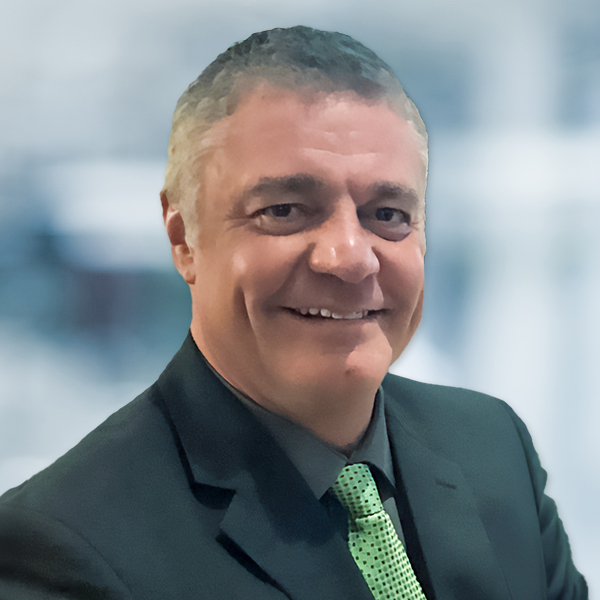2025
Comparably’s Best Company Outlook
* Providing engineering services in these locations through SWCA Environmental Consulting & Engineering, Inc., an affiliate of SWCA.

From the experts we hire, to the clients we partner with, our greatest opportunity for success lies in our ability to bring the best team together for every project.
That’s why:
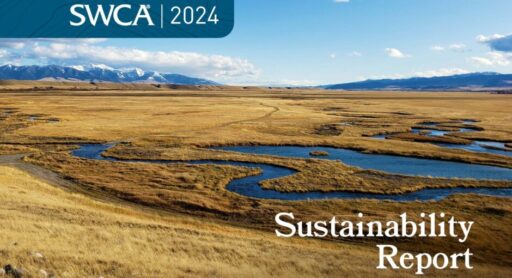
At SWCA, sustainability means balancing humanity’s social, economic, and environmental needs to provide a healthy planet for future generations.
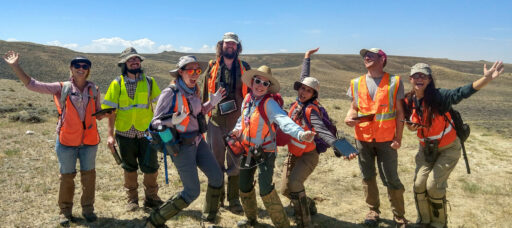
SWCA employs smart, talented, problem-solvers dedicated to our purpose of preserving natural and cultural resources for tomorrow while enabling projects that benefit people today.

At SWCA, you’re not just an employee. You’re an owner. Everyone you work with has a stake in your success, so your hard work pays off – for the clients, for the company, and for your retirement goals.
Utah Transit Authority Depot District Cultural Resources Monitoring
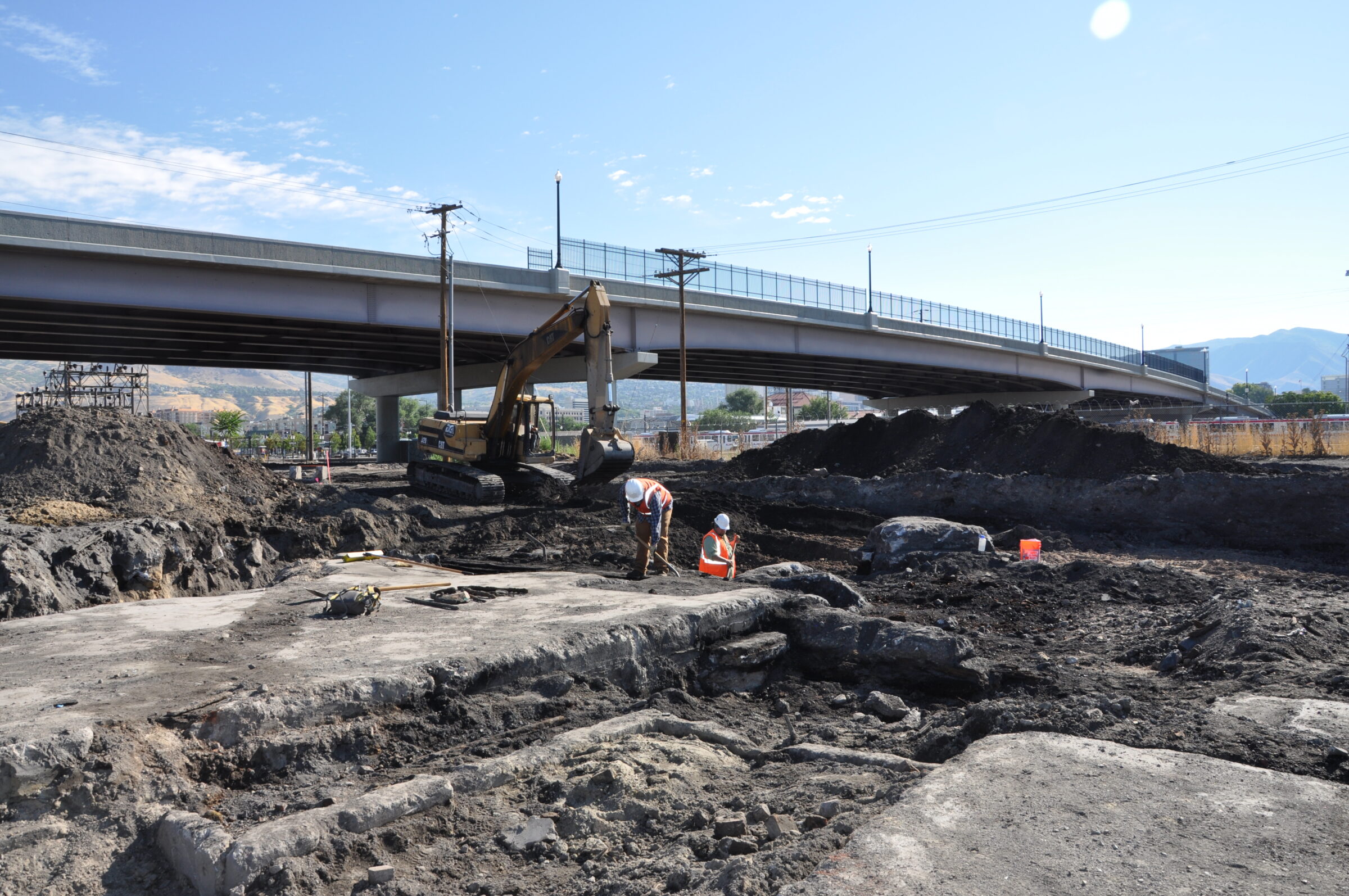
The UTA contracted SWCA in July 2014 to write a cultural resources treatment plan, conduct cultural resources monitoring, and conduct mitigation documentation.

For questions or further information, please fill out the form below.
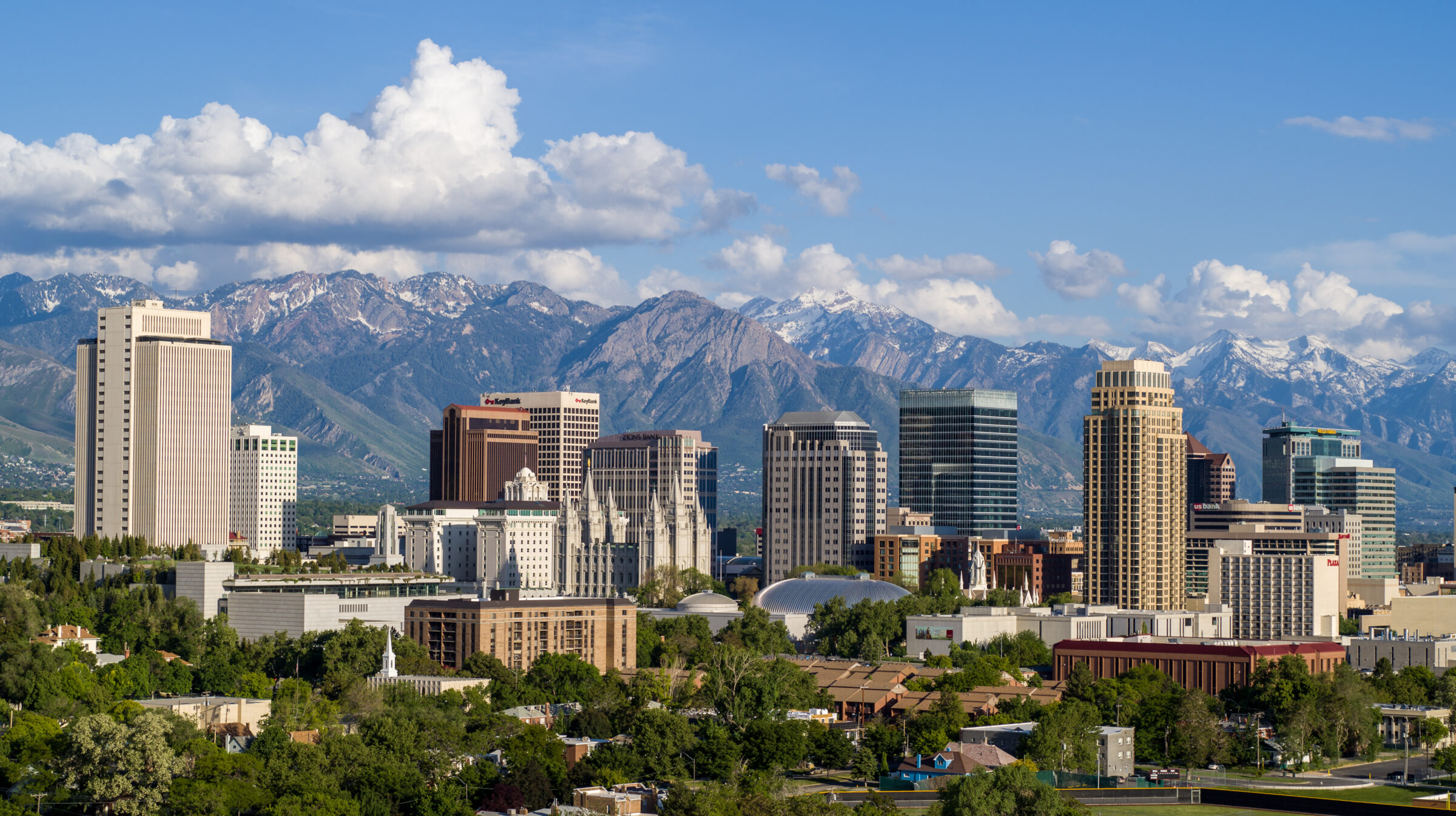
The UTA contracted SWCA in July 2014 to write a cultural resources treatment plan, conduct cultural resources monitoring, and conduct mitigation documentation of 42SL718, an unanticipated discovery found during UTA’s Depot District Service Center construction project in Salt Lake County, Utah. Site 42SL718 is the Denver and Rio Grande Western Railroad (D&RGW) maintenance facility. Through consultation among the UTA, Federal Transit Administration, and UTSHPO, it was determined that this site is eligible for the NRHP. It was determined further that construction activity at the location would adversely affect the historic D&RGW facility. Therefore, SWCA prepared a cultural resources treatment plan to develop measures to mitigate the adverse effects. The mitigation measures presented in the treatment plan include mitigation-level documentation, archaeological excavation, historical research, and public outreach.
As the Utah Transit Authority (UTA) began construction on its Depot District Clean Fuels Tech Center west of downtown Salt Lake City, archaeologists and crews expected to excavate gigantic concrete structures. This new hub for UTA’s partially electrified bus fleet was being built on approximately 1.4 acres of the main railyard that served the historic Denver & Rio Grande Western Railroad from the late 1800s to the early 1900s.
Turntable and roundhouse? Check!
Massive boiler and cistern? Check!
And…a cache of small artifacts located over three feet below ground? Pump the brakes!

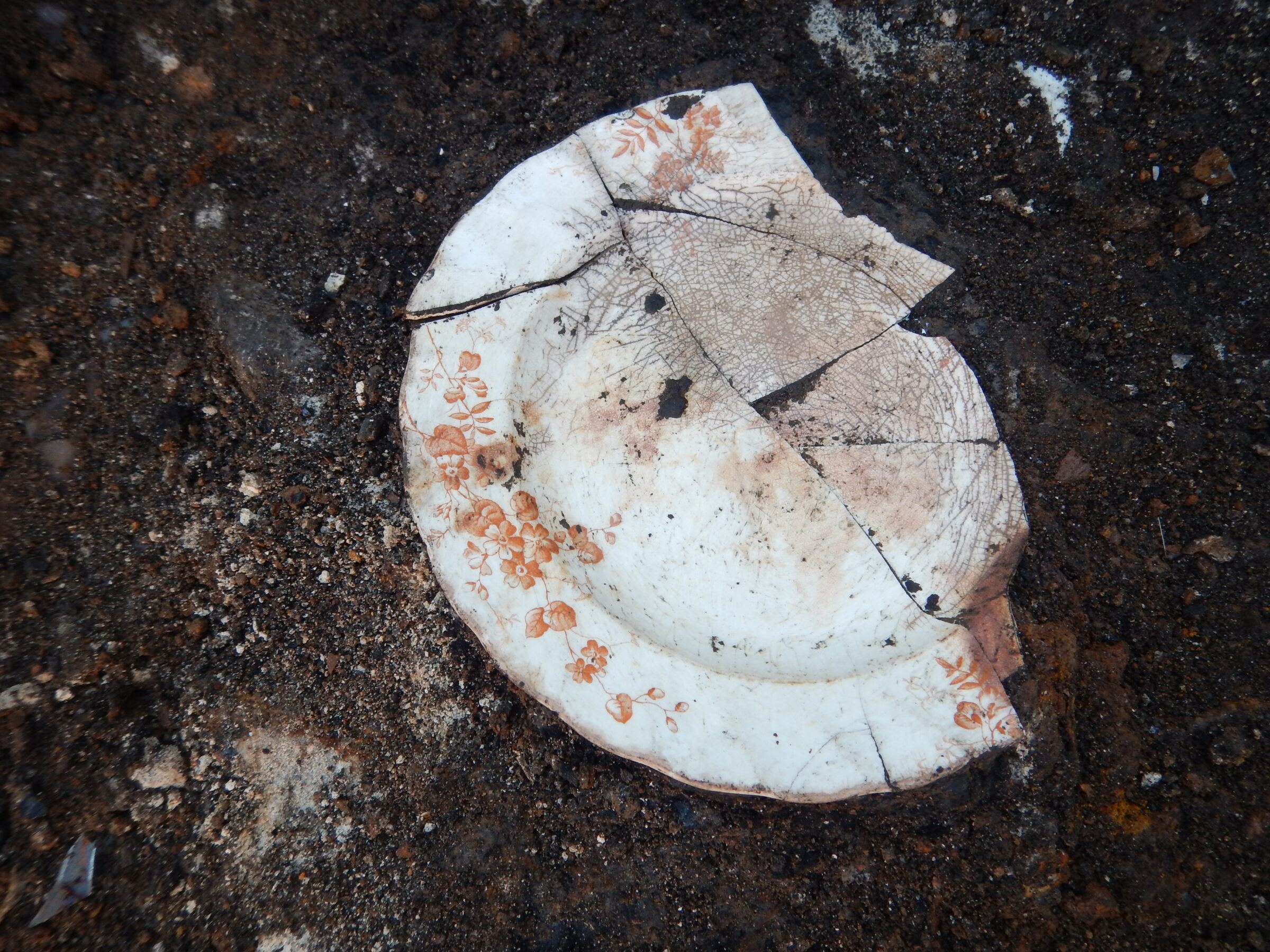
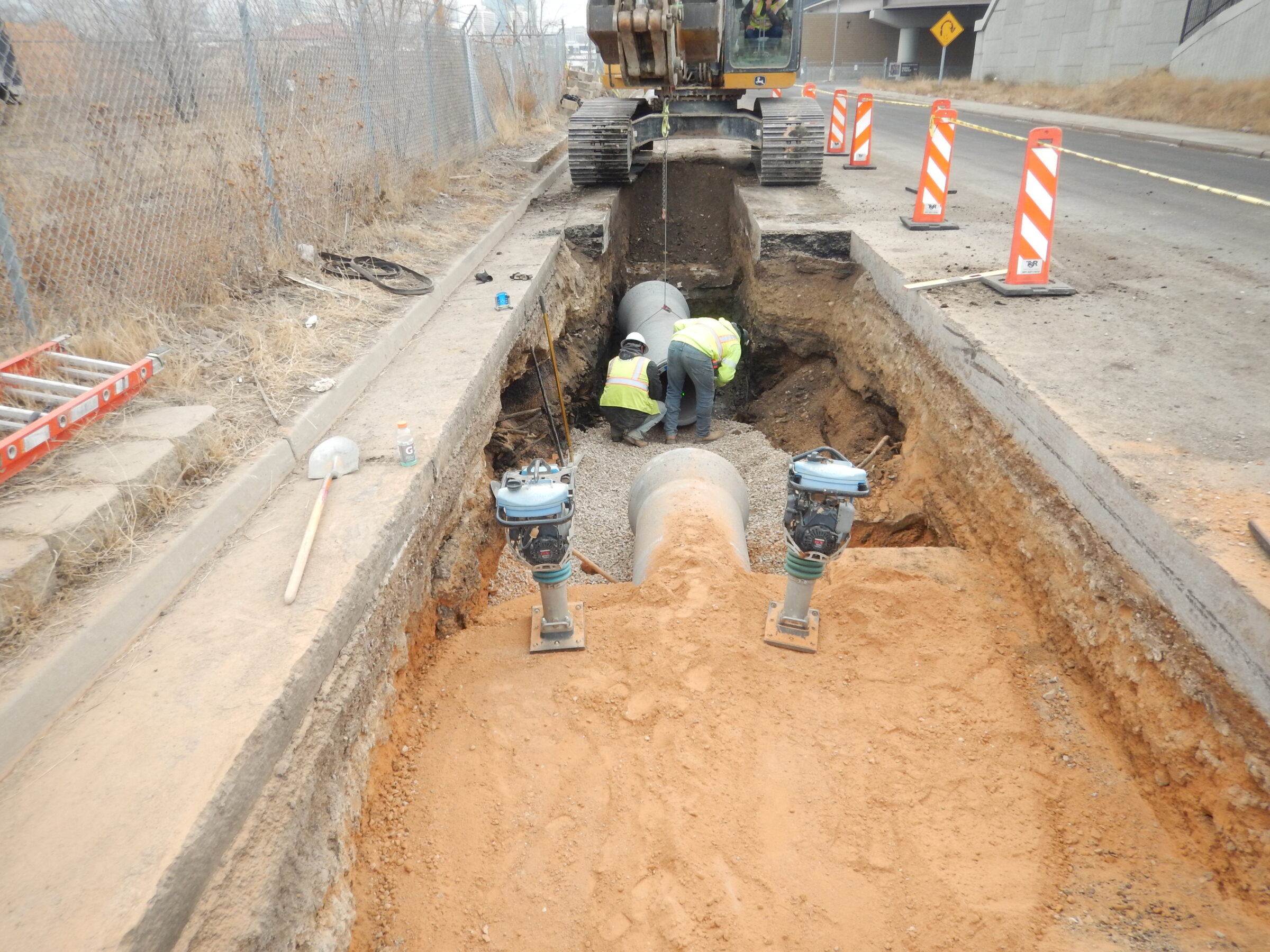
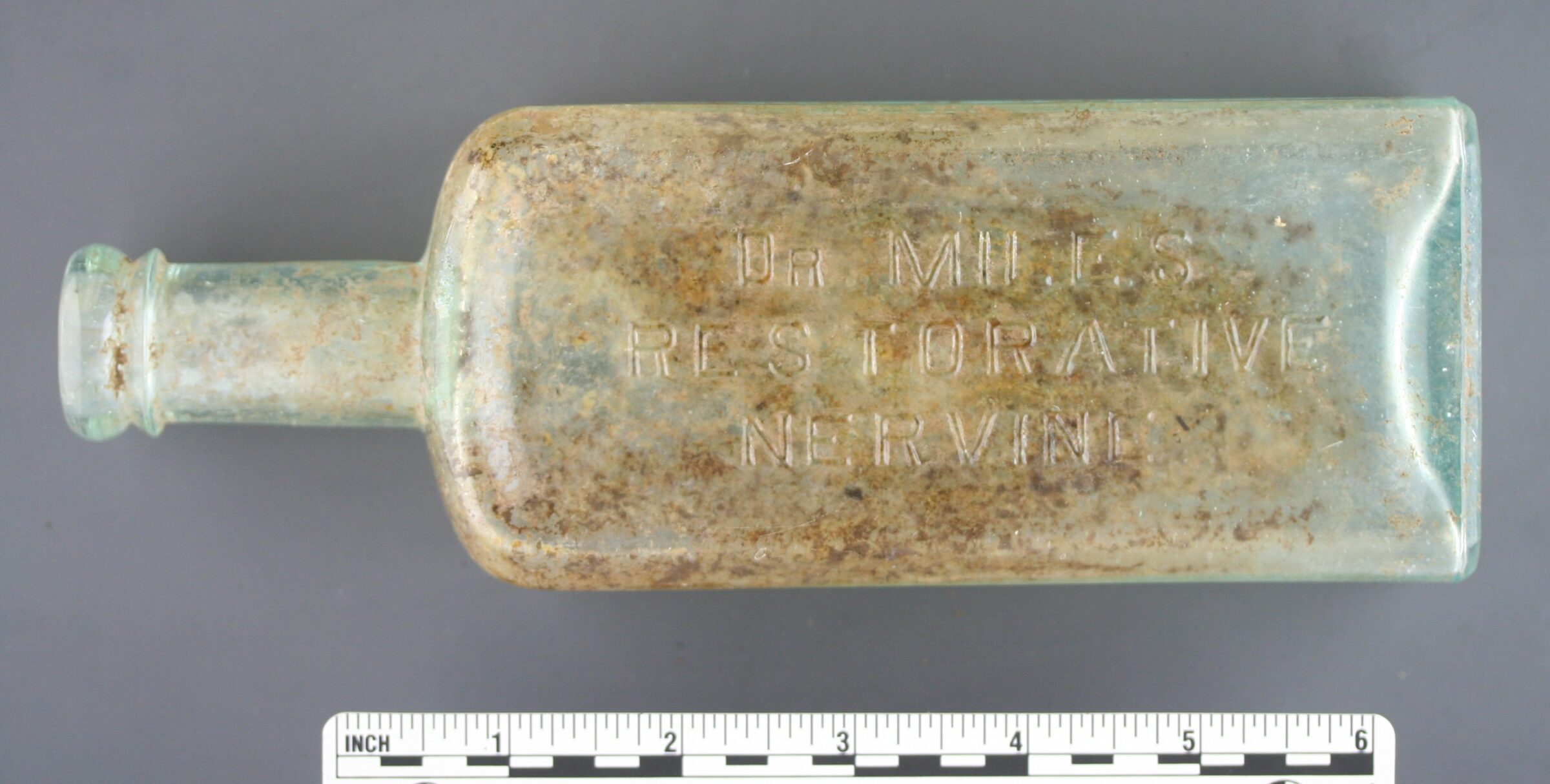
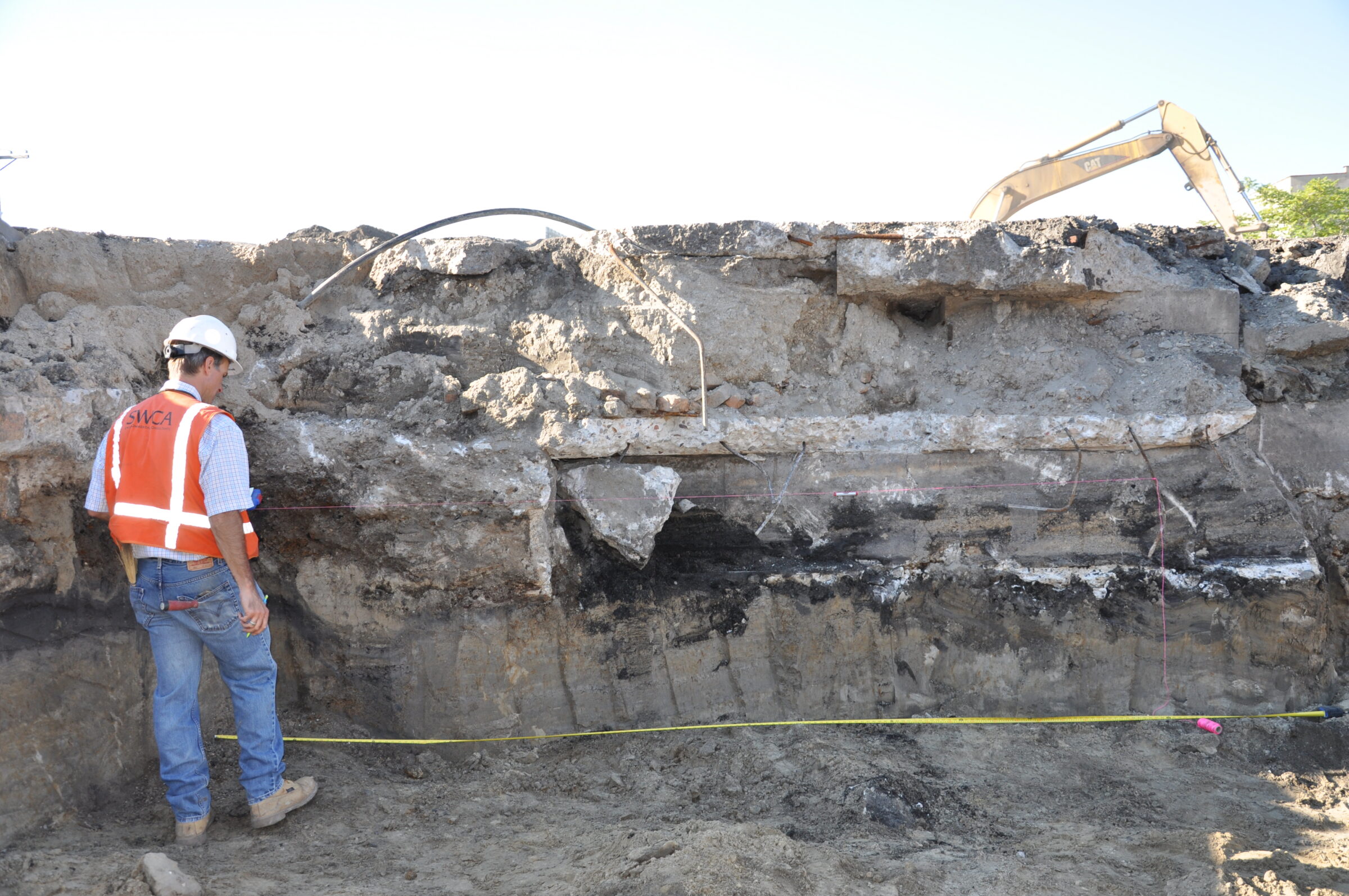
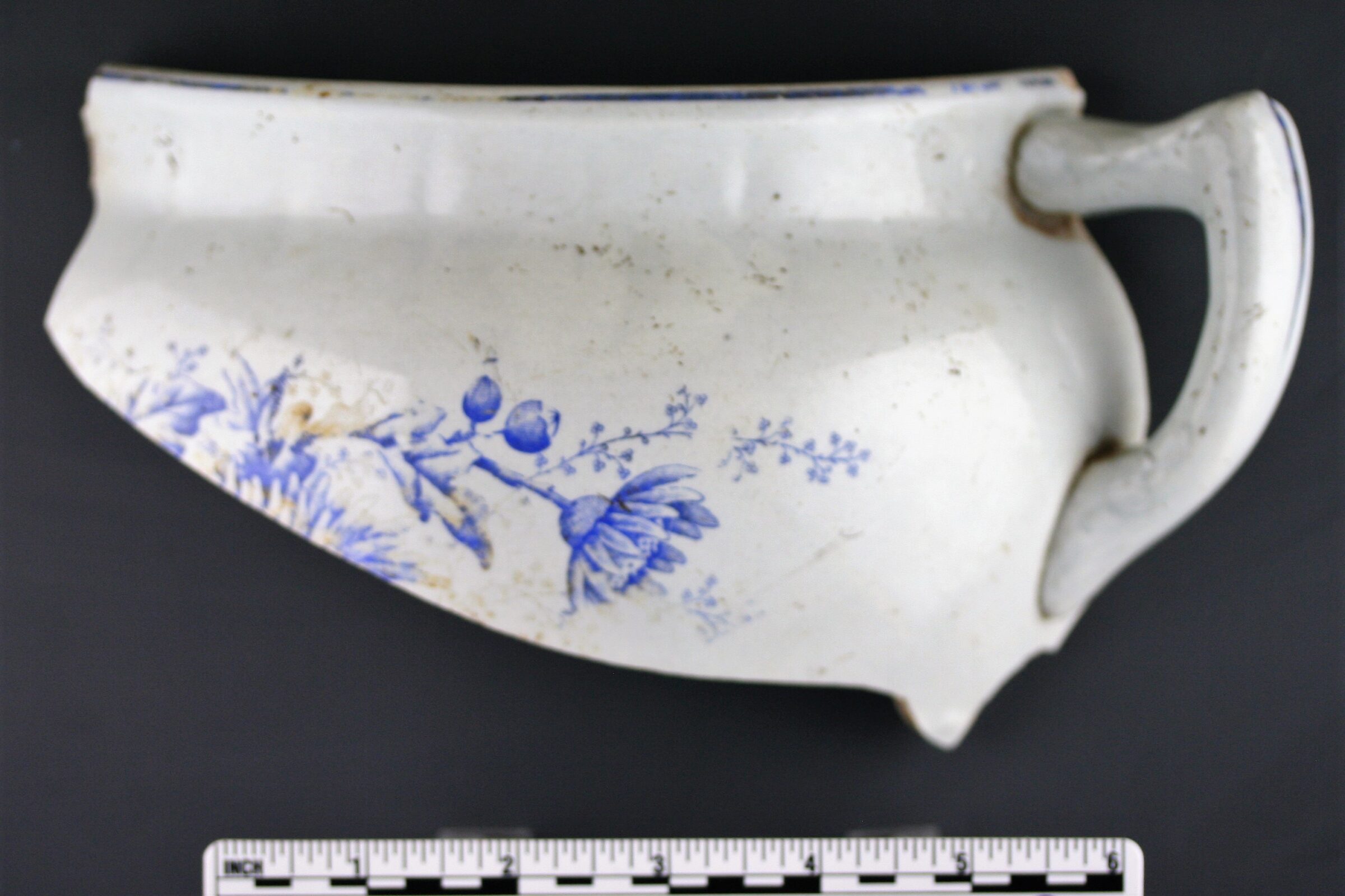
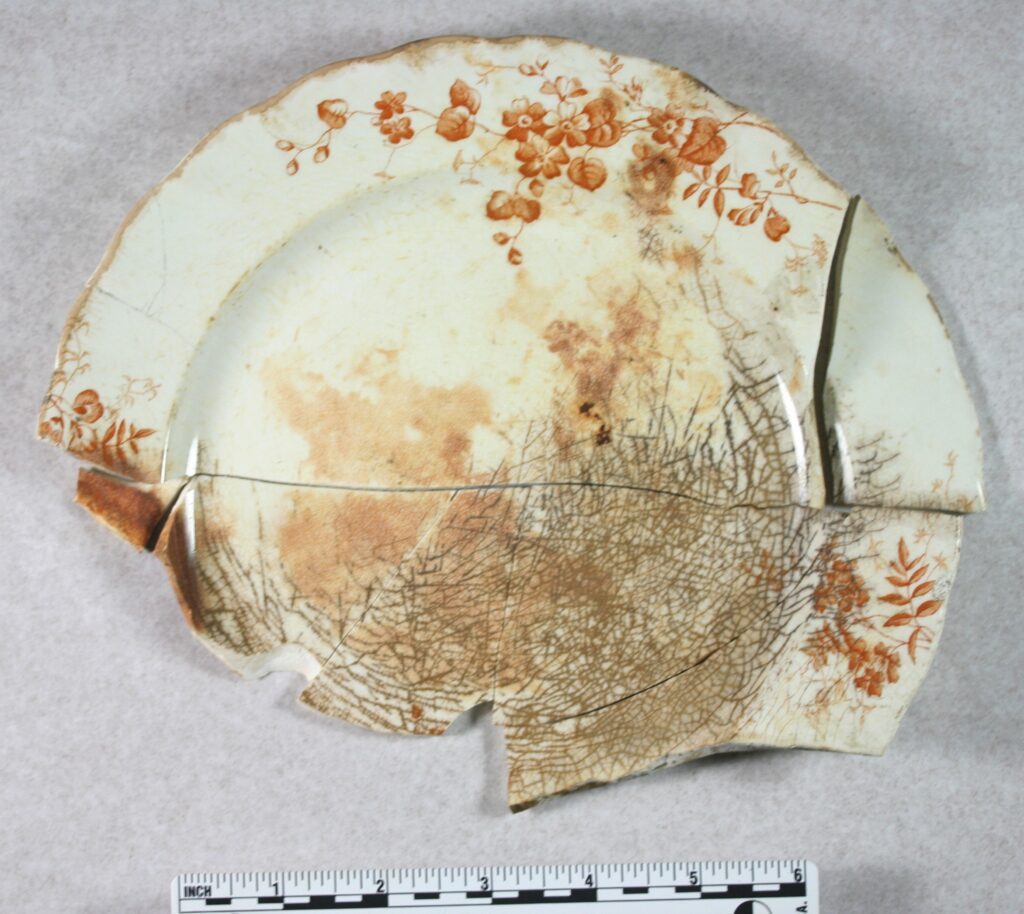
Dr. Beck is an experienced environmental conflict resolution practitioner with training as a mediator and in natural resources collaboration. He has more than 20 years of experience as an archaeologist and principal investigator.
